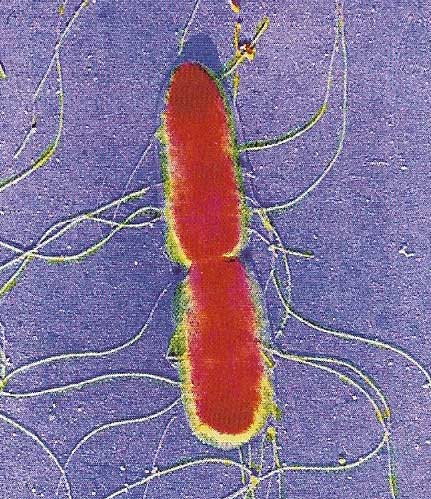typhoid

Salmonella typhi, which causes typhoid fever, is transmitted through infected human feces. Food and water contaminated by unwashed human hands are the most comon sources of infection..
Typhoid is a bacterial disease due to a species of salmonella causing fever, a characteristic rash, lymph node and spleen enlargement, gastrointestinal tract disturbance with bleeding and ulceration, and usually marked malaise or prostration. Typhoid (also known as typhoid fever) is contracted from other cases or from disease carriers, the latter often harboring asymptomatic infection in the gallbladder or urine, with contaminated food and water as major vectors. Carriers must be treated with antibiotics (and have their gallbladder removed if this site is the source); they must also stop handling food until they are free of the bacteria. Vaccination may help protect high risk persons; antibiotics – chloromycetin (chloramphenicol) or cotrimoxazole – from the treatment of choice.
Paratyphoid fever
Paratyphoid fever is a bacterial disease similar to typhoid fever and caused by a related organism. It results in fever, diarrhea, rash, spleen and lymph node enlargement. Spread is by cases or carriers and contaminated food; antibiotics may be helpful in treatment.


